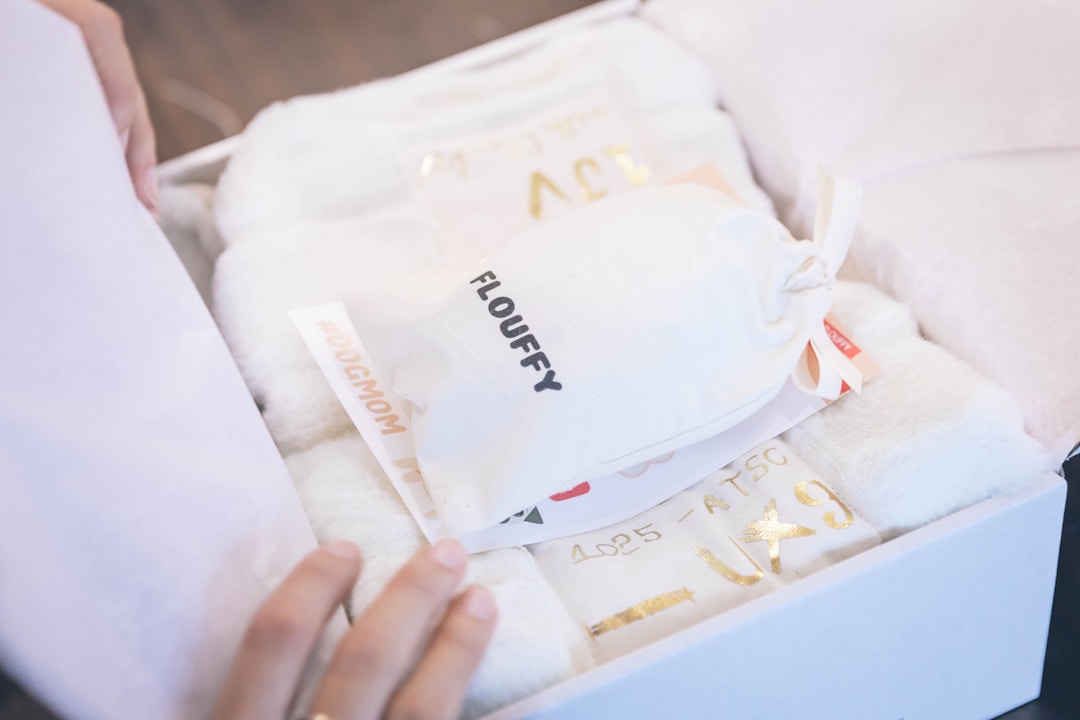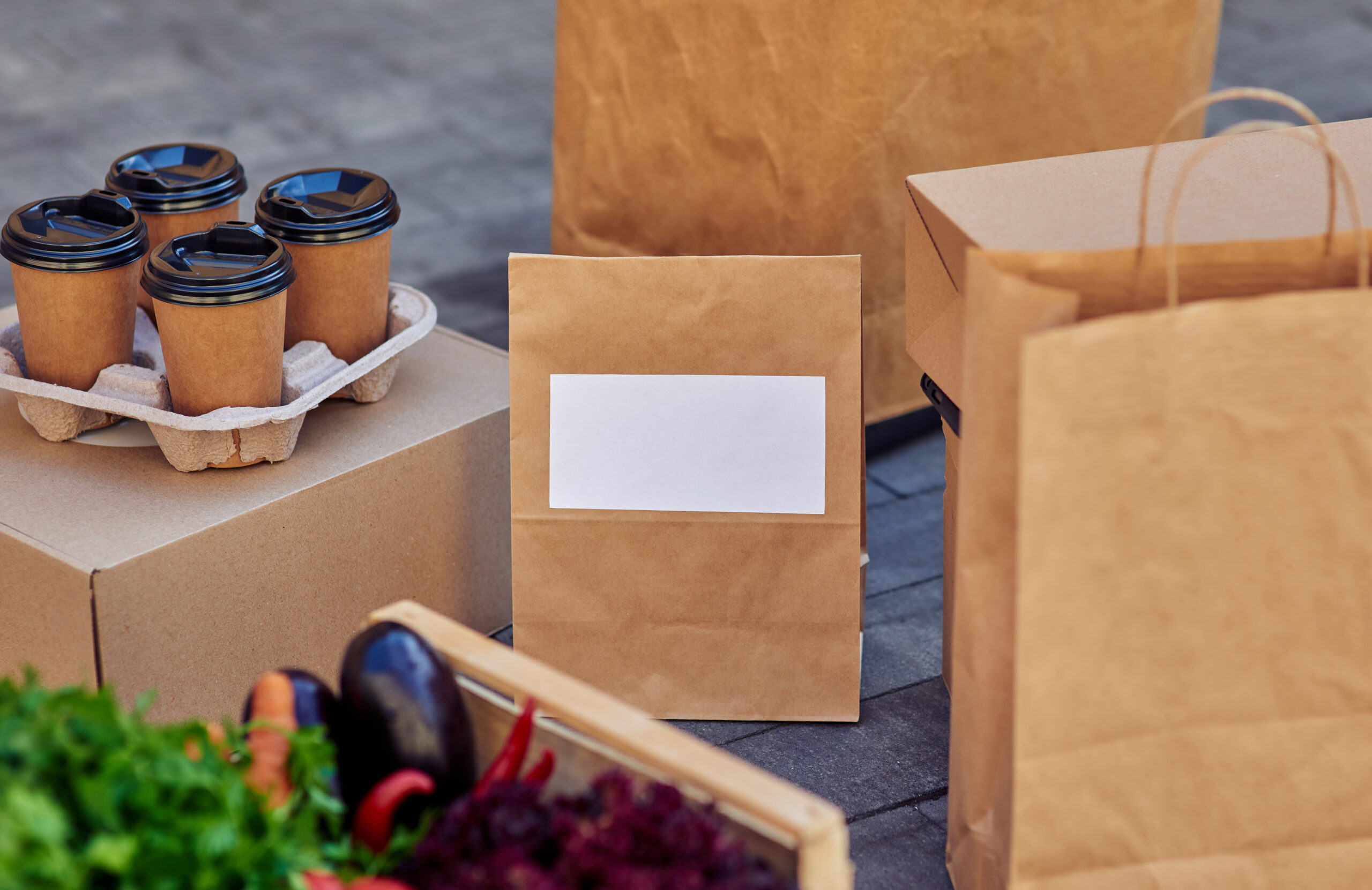In the dynamic world of marketing, the success of a product often hinges on the perception of potential customers. How a product is packaged can significantly influence these perceptions and impact consumer buying decisions. In this article, we will delve deeper into the psychology of packaging, exploring how it drives customer behavior and shapes brand identity. Keep reading to learn more.
The Power of First Impressions
First impressions do matter, especially in the consumer market. A product’s packaging serves as the first point of contact, creating the initial impression that ultimately shapes a consumer’s perception of the product. These first few seconds can make or break a product’s market success. Packaging needs to communicate the brand and product value right away. If a product fails to impress at first glance, it might not get a second chance with the potential buyer.
Packaging plays a crucial role in the success of any product. Not only does it protect the product during transportation and storage, but it also serves as the first point of contact with potential customers. Therefore, packaging must be both visually appealing and functional to make a lasting impression on consumers. This is where wholesale plastic caps come into the picture.
Wholesale plastic caps offer a cost-effective solution for packaging products. They are made of high-quality materials that ensure the durability and integrity of the packaging. These caps are designed to fit various packaging containers, providing a secure seal to prevent leakage and contamination. This is especially important for liquid or perishable products, as it helps maintain product freshness and quality.
In addition to their practicality, plastic caps can greatly enhance the product’s visual appeal. They are available in a wide range of colors, styles, and finishes, allowing businesses to customize their packaging to align with their branding and target audience. Whether it’s a vibrant color to capture attention on retail shelves or an elegant finish for luxury products, plastic caps offer versatility in meeting the aesthetic requirements of different industries.
Furthermore, research has found that how an item is packaged can affect how it’s perceived. High-quality packaging can create a sense of high-quality product. Conversely, cheap or poorly designed packaging can result in a negative impression, even if the product itself is of high quality. Therefore, a strong first impression via superior packaging adds significant value to the product.
The Role of Colors in Packaging

The choice of colors in packaging plays a vital role in attracting customers and influencing their purchasing decision. Colors elicit different emotions and reactions from people. For instance, red is known to stimulate appetite and is frequently used in food packaging. Meanwhile, blue evokes feelings of trust and reliability and is often used in healthcare and technology products.
In addition, choosing the right color can help a product stand out among competitors. Clever use of bright, contrasting colors can make a product more visible on the shelf. On the other hand, a monochromatic or minimalist color scheme can convey a sense of elegance and sophistication. Much depends on the nature of the product and its target audience. Choosing the right color can instantly capture the attention of consumers and make a product more memorable.
Bright, contrasting colors have the power to grab attention and draw the eye. When products are displayed on shelves in a retail setting, the clever use of vibrant colors can give them an edge over similar items. For example, a cereal box with bold, eye-catching colors will attract more attention than its bland counterparts. This can result in higher sales and better brand recognition.
However, for certain products, a more minimalist or monochromatic color scheme can convey a sense of elegance and sophistication. This approach is often seen in high-end beauty or luxury brands. These products exude a sense of exclusivity and luxury by using muted tones or a limited color palette. This appeals to a specific target audience seeking premium products.
Therefore, by understanding the symbolism and emotional impact of different colors, marketers can effectively use them in product packaging to trigger the desired emotional response from potential customers, influencing their buying decisions.
Functionality and Convenience
While aesthetics can draw customers to a product, it’s the functionality of the product and its packaging that often clinches the decision to buy. Consumers appreciate easy-to-open, resealable, and portable packaging. They favor packaging that keeps the product safe, fresh, and easy to use. Environmentally friendly packaging is another essential factor that can influence modern consumers’ purchasing decisions.
In addition, in an age of increasing online shopping, packaging plays a crucial role in ensuring that the product reaches the customer in pristine condition. Products packaged using protective materials like plastic caps, bubble wrap, or padded envelopes are less likely to be damaged during transportation, enhancing customer satisfaction and reducing the chances of returns.
Essentially, good packaging balances aesthetics with functionality. It’s not enough for a package to look good; it needs to serve its purpose effectively as well. Engaging the services of reputable packaging companies who understand these dynamics can be a critical success factor.
The Speed of Decision-Making and Packaging
Packaging plays a crucial role in influencing the speed of decision-making while people are shopping. A well-designed package can help the product catch customers’ eyes faster, leading to quicker purchasing decisions. Decisions made at the point of sale are usually impulsive and rely heavily on the visual appeal of the packaging.
Key elements such as familiar branding, clear communication of the product’s benefits, and visually appealing colors and designs can all contribute to quicker recognition and decision-making. When faced with a massive array of choices, packaging that stands out can make the difference between being picked up or passed over by the shopper.
Therefore, to harness the power of impulse buying, brands must focus on creating attractive and distinctive packaging that can quickly draw attention and resonate with shoppers.
Influence of Packaging on Brand Image
Packaging is an integral part of a product’s brand image. A well-designed package reflects a company’s professionalism, credibility, and quality commitment, enhancing positive brand perceptions.
Companies often use their packaging to highlight their unique selling proposition (USP), distinguish themselves from the competition, and stay top of mind with consumers. For instance, Apple’s sleek, minimalist packaging is as instantly recognizable as its logo and is a key component of its overall brand identity.
Consistent, high-quality packaging can also help build brand loyalty. A strong, recognizable brand image, bolstered by effective packaging, makes it easier for consumers to identify and select their preferred products amidst a crowded marketplace.
Packaging and Emotional Connection

Packaging can help create emotional connections with consumers, strengthening brand loyalty and encouraging repeat purchases. The right packaging design can evoke feelings of familiarity, trust, and comfort, making a customer more likely to choose a particular product. It can also evoke a sense of excitement, making the process of opening a package feel like an experience in itself.
Simple things like easy-to-open packaging can also create a positive emotional impact. Studies have shown that people feel happier and more satisfied when they find a product easy to unbox. Conversely, difficult-to-open packaging can lead to negative feelings and frustration, discouraging repeat purchases.
Understanding and capitalizing on these emotional responses can help brands create packaging that fosters positive emotions, driving customer satisfaction and loyalty.
Businesses should understand the psychology behind packaging and use this knowledge to create packages that appeal to their target audience and enhance their brand’s value. From first impressions and color psychology to convenience, speed, and emotional connections, many facets of the packaging process contribute to the success of a product in the marketplace.




